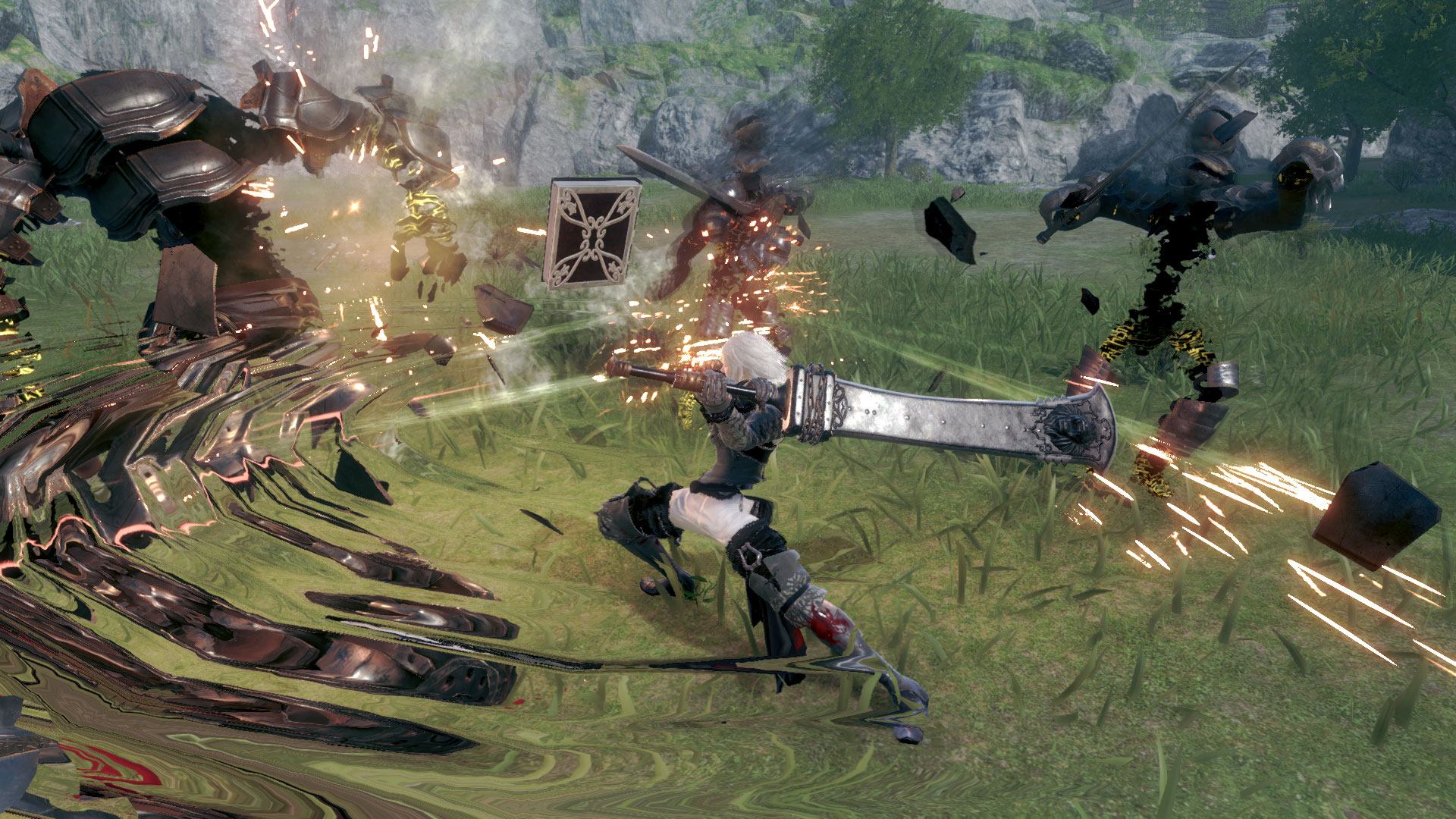Tom's Guide Verdict
Nier Replicant deserves praise for its clever characters and unorthodox setting, even if the gameplay and level design can get repetitive by the end.
Pros
- +
Charming cast of characters
- +
Unusual setting
- +
Fun battle system
Cons
- -
Repetitive environments
- -
Bland side quests
- -
Tedious alternate ending requirements
Why you can trust Tom's Guide
Nier Replicant is likely to garner one of three reactions. Gamers with a taste for the weird may fall head-over-heels in love with it. Gamers who crave something more traditional may put it down after only a few hours. Gamers who go into Nier Replicant without many expectations, on the other hand, will likely appreciate the risks it takes — and acknowledge that the game plays it too safe in other areas.
Platforms: PC, PS4 (reviewed)
Price: $60
Release Date: April 23, 2021
Genre: Action/RPG
I find myself in the third camp, and I think many other JRPG fans will arrive at the same conclusion. Nier Replicant is one of the most bizarre games I’ve played recently, and I can’t help but love it for that. At the same time, a lot of the individual systems in Nier Replicant aren’t as lovable as the overall experience. I was wowed by the charismatic characters, the strange setting and the malleable magic system; I was less enthralled with the repetitive environments, unimaginative side quests and dated graphics.
- Play the best PS4 games
- Also try the best PC games
Still, I came away from Nier Replicant feeling mostly pleased — and perhaps that I’d even experienced something special. It’s not every day you play a game about a magical swordsman, a talking book, a foul-mouthed swordswoman and a skeletal wizard, all teaming up to save a cursed girl in a fantasy post-apocalypse. Nier Replicant has a lot of style, and a lot of heart, and the world of gaming can always use more of both.
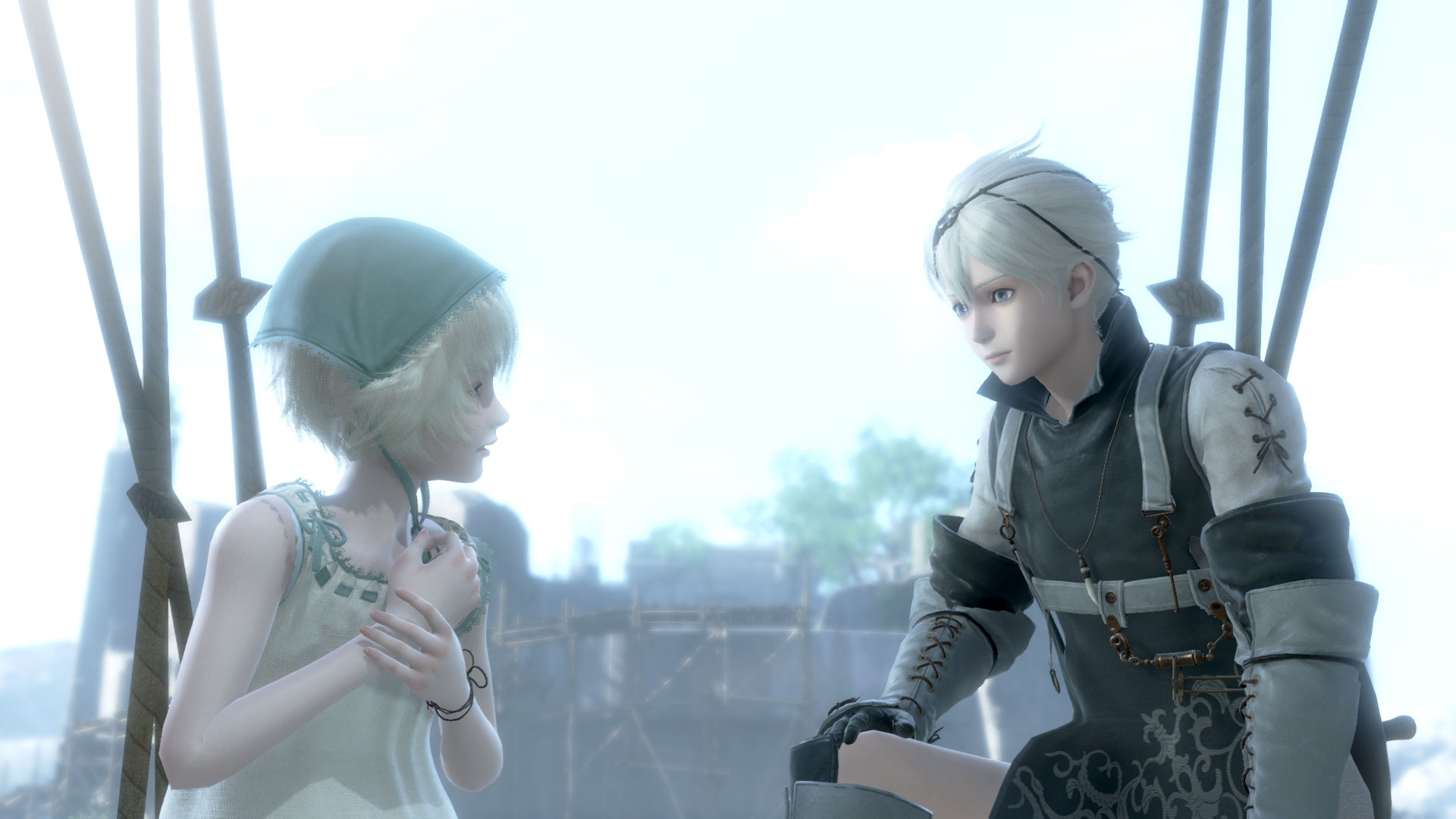
Nier Replicant review: Price and availability
Nier Replicant (technically called Nier Replicant ver.1.22474487139....) on PS4 costs $60, and is available from all the usual suspects: Amazon, Best Buy, Target and so forth. PC gamers can pick it up on Steam for the same price.

Nier Replicant review: Gameplay
First off: It’s possible that you’ve played Nier Replicant before, or else something very much like it. The game is a remaster of a Square Enix RPG from 2010. In Western markets, the game was simply called Nier, and you played as a middle-aged man trying to find a cure for his sickly daughter. In Japan, however the game was called Nier Replicant, and you played as a teenage boy trying to find a cure for his sickly sister. We’ve never gotten the Replicant version in the West before, so even if you’ve played Nier before, you’ve probably never played this particular version.
The pitch is pretty straightforward: You play as Nier, a teenager on a quest to save his younger sister from a curse known as the Black Scrawl. Along the way he gathers up a group of like-minded misfits. They do battle with dangerous robots left over from a destroyed civilization (ours), as well as magical foes known as Shades. The real-time combat system lets you employ a variety of weapons and magic, and exercise limited control over your party members.
If this sounds like “JRPG 101,” it’s because Nier Replicant uses these familiar conventions to tear the rug out from under you — at least, in terms of the story and characters. The gameplay is almost as straightforward as it seems, for better or worse.
Nier Replicant’s structure is about as simple as it comes. A character in the game’s central hub town will give you a quest. You’ll venture out into the wilderness, or into a dungeon, to complete your objective. Along the way, you’ll fight a whole bunch of standard enemies, with a much more creative and interesting boss battle at the end. You’ll turn in your quest, advance the story a bit, and repeat. The second half of the game is a little less linear than the first, but the formula doesn’t change much from start to finish.
The game’s side quests also represent a missed opportunity. There are 70 optional activities altogether, but almost all of them boil down to “gather up X item for Y townsperson.” Even more obnoxious: The game locks you out of a number of them without any warning about halfway through. These quests pad out the playtime without adding much to the overall experience.
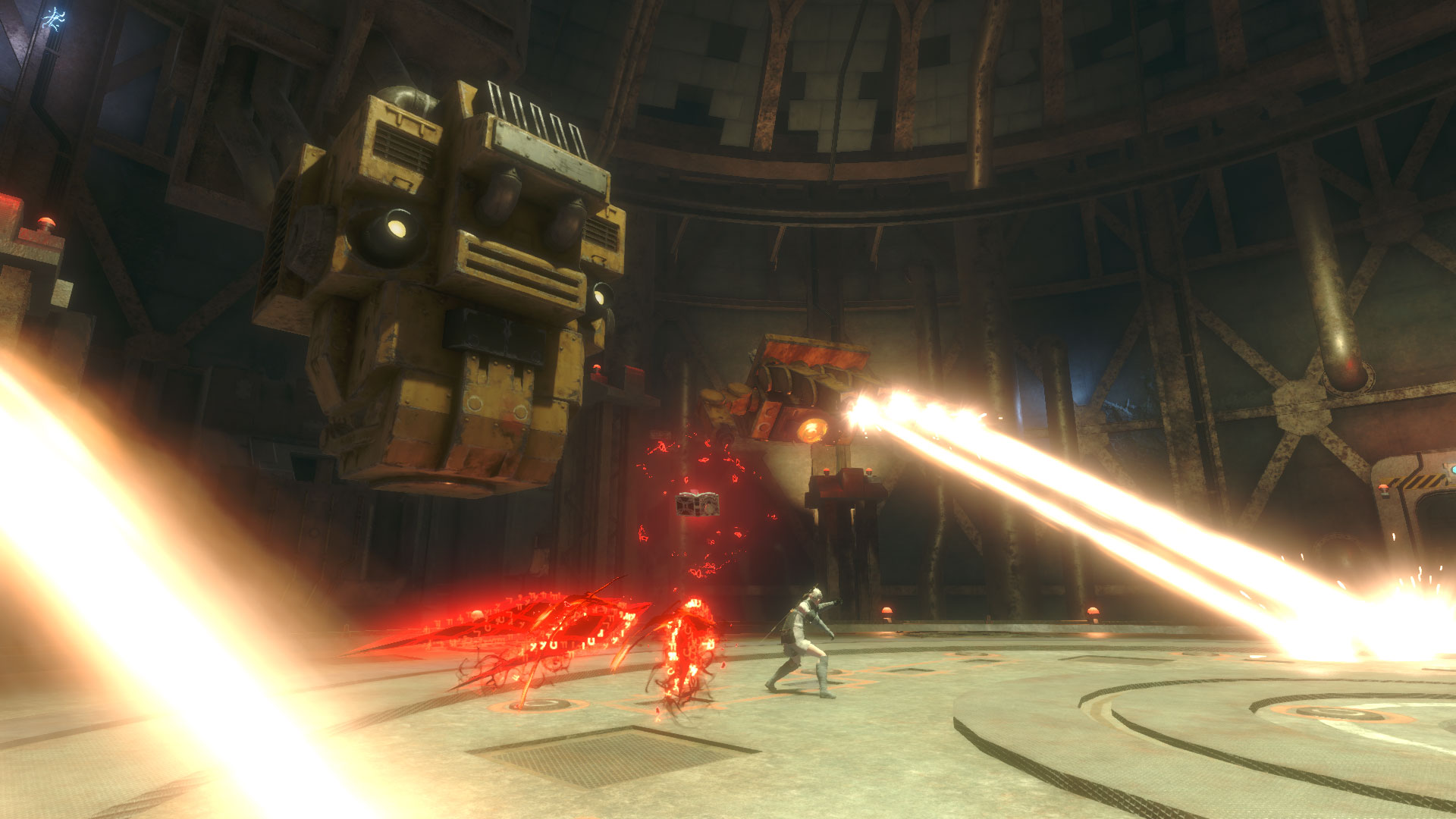
Nier Replicant review: Combat
Combat, too, has a few interesting twists, but hews closely to the traditional action/RPG format. You can run around the battlefield freely, engaging enemies in real-time with a variety of swords, spears and daggers. Some weapons are faster; others deal more damage. The targeting system is a little floaty, but it gets the job done.
What’s more interesting is the magic system. Rather than selecting spells from a menu, you can equip two at a time, and assign them to the shoulder buttons. Magic spells include rapid energy blasts, precise projectiles, area-of-effect spikes, damage-dealing doppelgangers and more. The longer you hold down each button, the more powerful the spell becomes — and the more MP it uses. As MP regenerates quickly, you’ll want to use a mix of melee and magic in each battle, and you’ll eventually create a style that feels uniquely yours.
As you defeat enemies, you’ll also unlock “words,” which you can equip to modify your physical and magical attacks. These can improve a variety of traits, from damage, to health, to experience earned. It’s a cool idea, although in practice, you’ll usually just want to equip whatever boosts your stats the most.
The battle system isn’t particularly deep, though. While the huge bosses employ a range of cunning strategies, regular enemies rarely require anything more complex than a “hit, dodge, heal” pattern. Likewise, while you’ll eventually have two other party members at your disposal, they pretty much do their own thing. Your control over them is limited, and they can’t do a whole lot of damage without your help.
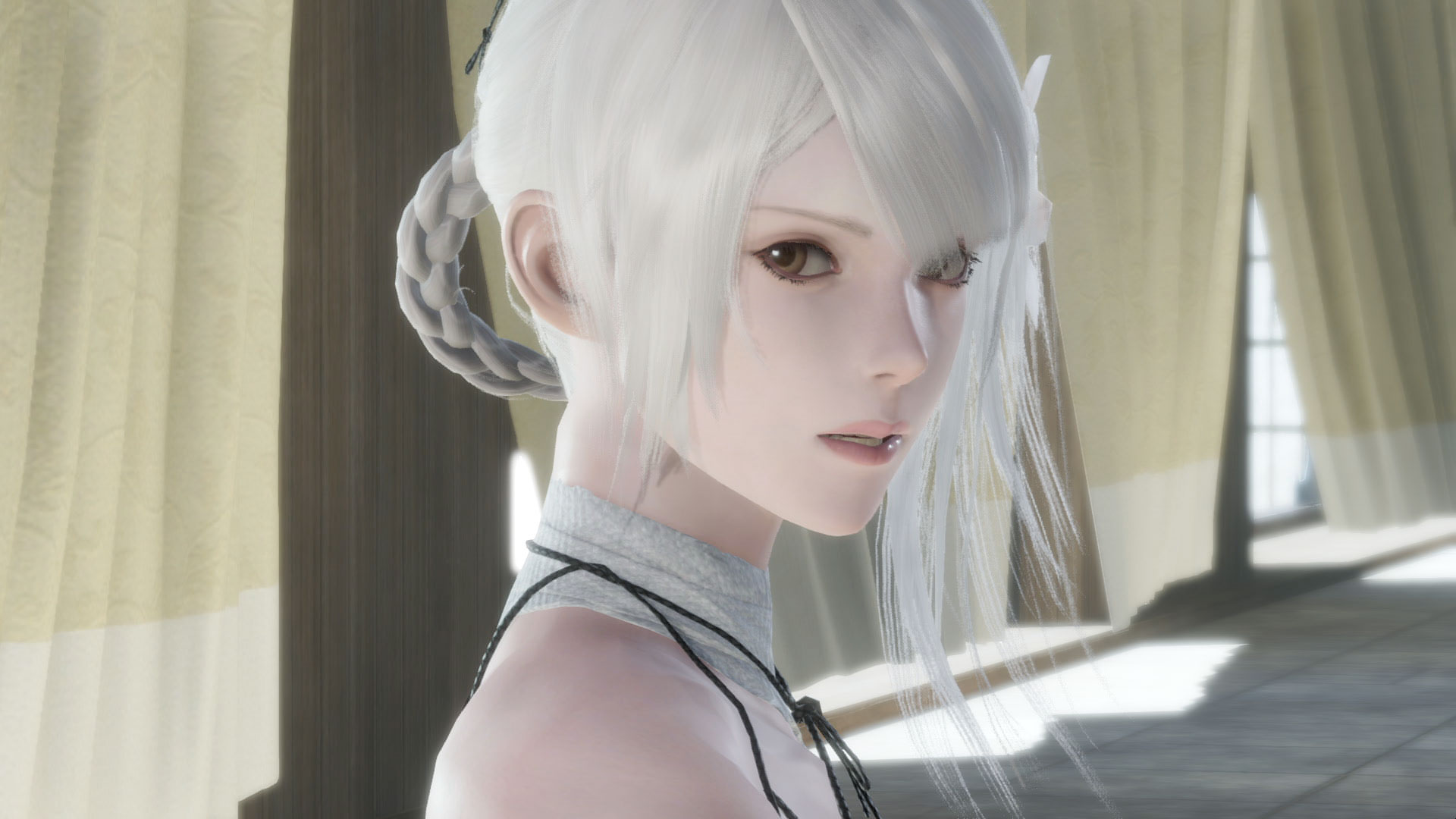
Nier Replicant review: Story
Where Nier Replicant shines is in its unusual story and characters. As mentioned above, you play as Nier: a silver-haired boy who’s willing to brave any danger to help his younger sister, Yonah. A seemingly irreversible curse called the Black Scrawl has made Yonah very ill. By uncovering the secrets of the world around him, Nier hopes to find a cure for Yonah — and, eventually, to thwart a bigger threat that arises from his actions.
Nier Replicant’s setting deserves a lot of credit for cleverly mixing post-apocalyptic and fantasy aesthetics. Ostensibly, the game takes place in our world, but thousands of years after a disaster that nearly ended humanity. As such, there are green fields and thriving towns — but there are also junked factories and lifeless deserts.
The core narrative in Nier Replicant is fine. There’s an inciting incident, a big threat, a few twists and turns along the way, and a number of possible satisfying resolutions. (The ending changes as you play through the game multiple times, although some of the requirements can get tedious.) What really elevates the game, though, is its central cast of characters.
In addition to Nier, who’s bold and forthright, you’ll also travel with Grimoire Weiss, Emil, and Kainé. Grimoire Weiss is a talking, floating book with an extremely high opinion of himself and little patience for anyone else. Emil is a shy boy who later gains spectacular powers at a terrible cost. And then there’s Kainé: an underdressed, perpetually incensed warrior, who charts new territory in creative profanity with every sentence she utters. The interplay between the characters is consistently delightful, and each one has a lot more depth than they let on at first. I’s hard to think of another JRPG with such a magnetic, unusual cast.
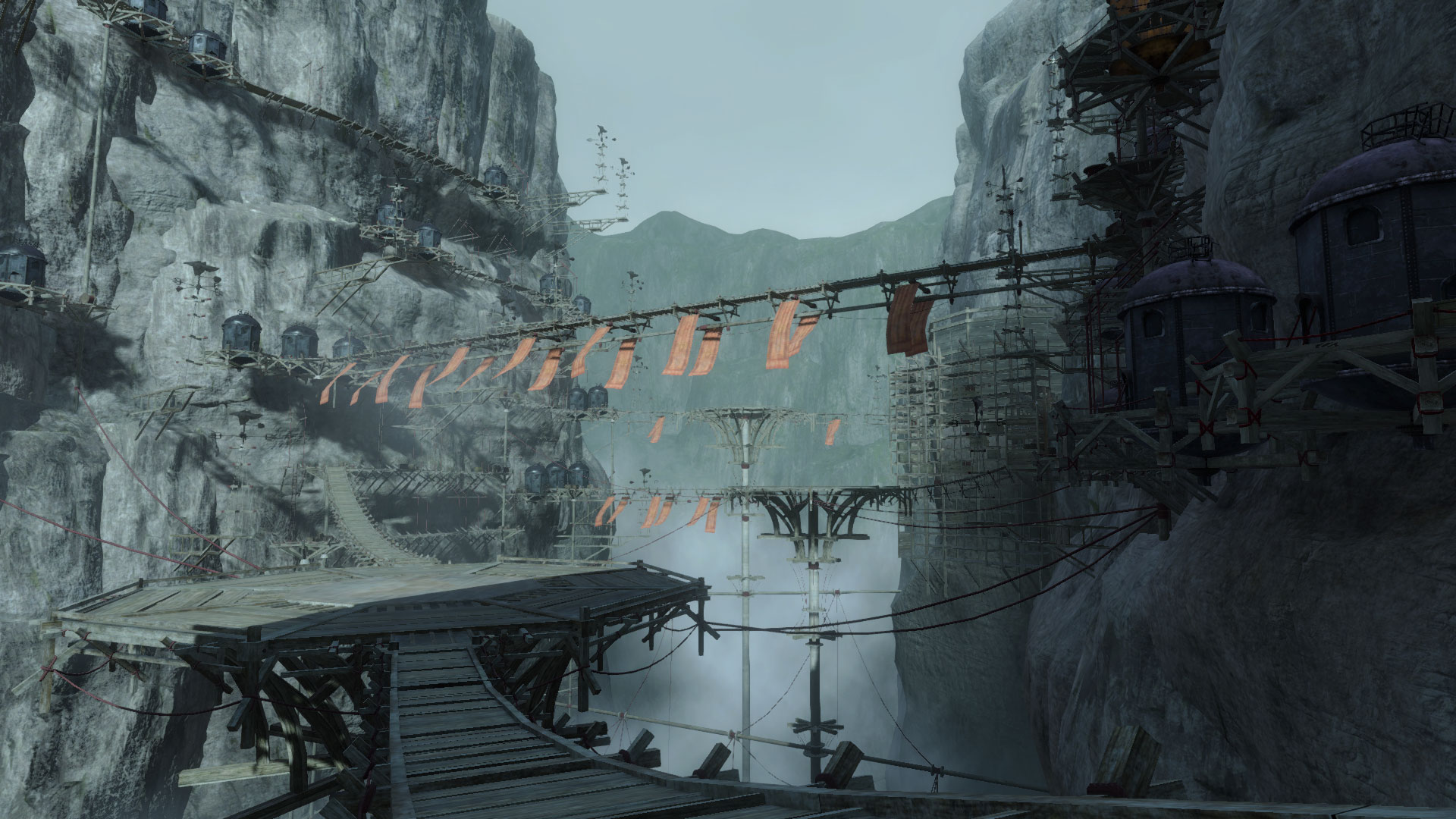
Nier Replicant review: Graphics and sound
In spite of a smooth remaster, Nier Replicant is an 11-year-old game, and it shows. The game’s palette is fairly dull and muted, with a lot of pale greens, grays and browns. There’s a lot of bloom, which gives the whole game a dreamy atmosphere, but also obscures some fine details in the environment and character designs.
Apart from the graphics, though, Nier Replicant simply doesn’t have the most fascinating level design. As we discussed in our Nier Replicant preview, the game’s outdoor areas are big and sprawling, but without much to do. The indoor areas consist of a lot of cramped, repetitive corridors. It’s extremely easy to get turned around in just about any area, since what’s behind you will often look almost identical to what’s ahead.
On the other hand, the game’s sound design is solid. The background music is memorable at best, and atmospheric at worst. Better still, many tracks feature absolutely gorgeous vocals. These songs aren’t reserved for pivotal plot points. Sometimes, you’ll just be exploring an area, and a haunting song will pop up in the background.
The game’s core cast also deserves a shoutout for their excellent voice work: Zach Aguilar and Ray Chase as Nier, Liam O’Brien as Grimoire Weiss and Julie Ann Taylor as Emil. Laura Bailey as Kainé absolutely steals the show, however, infusing every line with an irresistible mix of snark, pathos and unbridled rage.
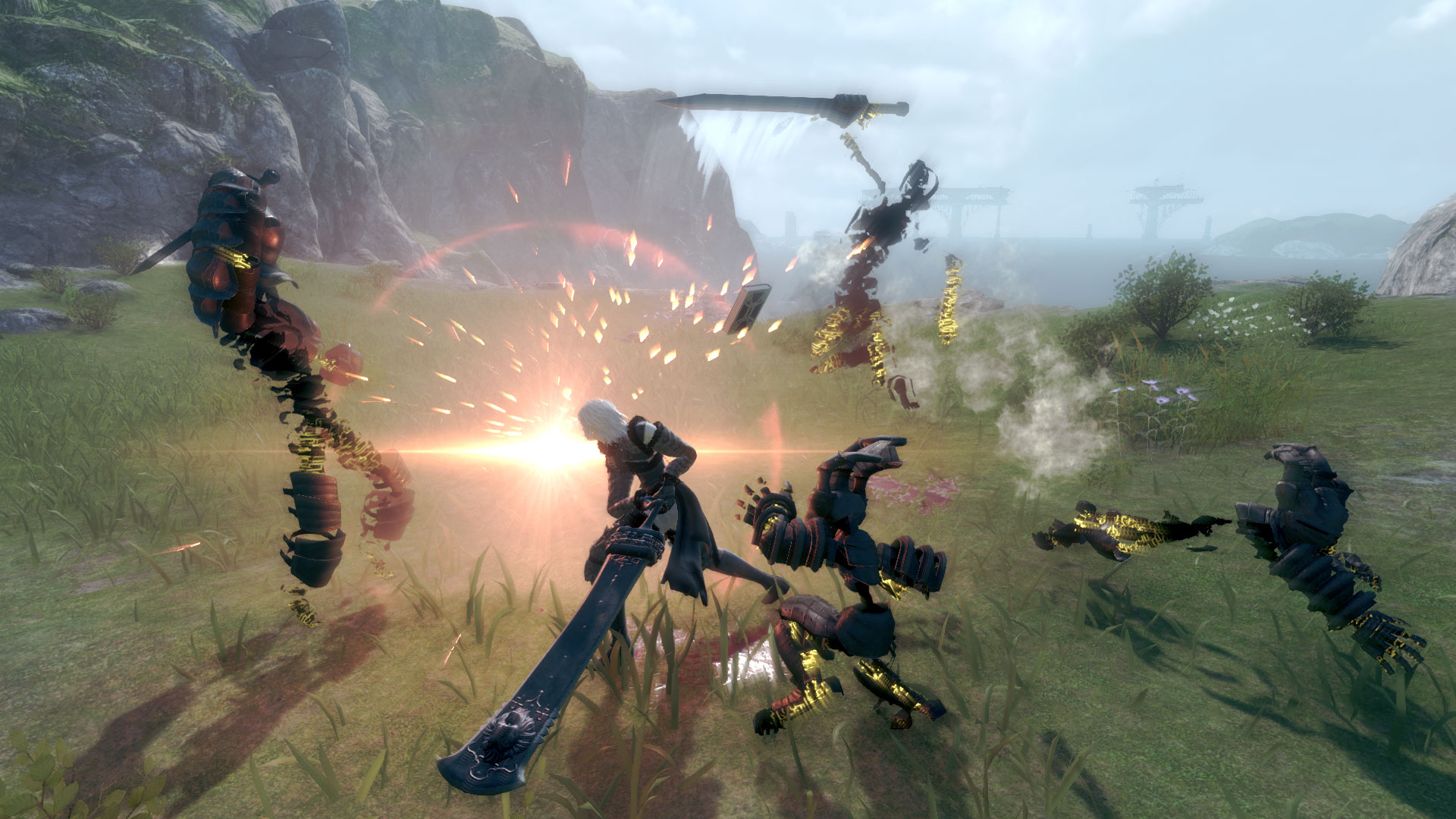
Nier Replicant review: Verdict
Nier Replicant is a tough game to categorize. The story swings for the fences, but the game mechanics play it safe. The characters are delightful, but the level design isn’t. Still, it’s hard to walk away from Nier Replicant without feeling mostly positive about the experience. It’s something different — even though it’s not really “new,” if you played the alternate version 11 years ago.
I’d give this one a tentative recommendation to JRPG fans who are tired of the same-old, same-old. You might not love it, but it’s sure to leave an impression. That alone may be worth the price of admission.
Marshall Honorof is a senior editor for Tom's Guide, overseeing the site's coverage of gaming hardware and software. He comes from a science writing background, having studied paleomammalogy, biological anthropology, and the history of science and technology. After hours, you can find him practicing taekwondo or doing deep dives on classic sci-fi.
